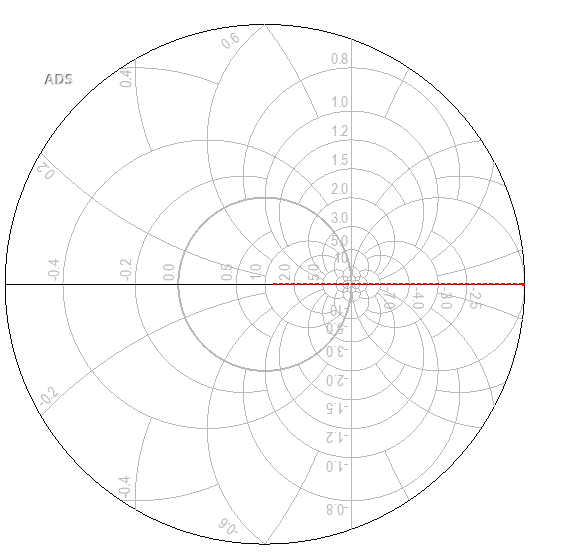
Fairclough for his continual assistance in the mathematical aspects of this manuscript. Material in chapters 1, 2 and part of chapter 3 has been used for some years in the courses Microwaves and Radar and Electrical Principles C which I have been teaching for the BTEC HND here in Brunei. This book can provide the principles behind the use of these programs as well as provide a foundation for the design of the more advanced microwave frequency multi-stage transistor circuits, and oscillator circuits.
#Matlab smith chart software#
In recent times, several software programs have appeared on the market which are designed to assist in the solution of various problems, to which the Smith chart lends itself. This is because texts on microwave engineering normally provide no more than one chapter on this subject, due to the breadth of the discipline. This book is intended to bring together in one work, the subject of Smith charts and its applications. McNeill, developed the Smith chart used throughout this book. It relies on the knowledge of the earlier chapters to design the input and output matching circuits of the microwave amplifiers. The fifth chapter considers the design of microwave amplifiers using S-parameters and the Smith chart. The fourth chapter builds on the previous chapters by considering wide band matching problems using the various tools developed in the third chapter. The third chapter considers single frequency applications to various matching problems which the Smith chart is adept at solving. The first two chapters review transmission line theory and develop the Smith and admittance charts.

The book advances from chapter to chapter, and as each chapter progresses, it builds on the work of the previous chapters.

This permits an intuitive understanding of the Smith chart to be developed. The solution of these problems using the Smith chart is then provided. To attain this basic objective, theory is developed and where possible, the theoretical solution to the various problems which are posed is given. It is intended that this book bridge the theoretical and the practical. PREFACE The five chapters of this book have been primarily written for students studying microwave engineering at the diploma and degree levels, and practising microwave engineers.


 0 kommentar(er)
0 kommentar(er)
